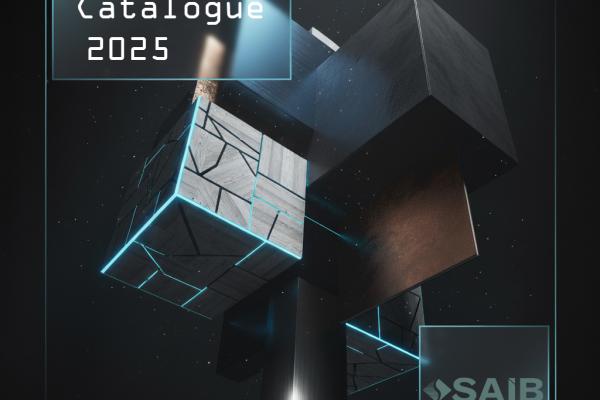Timber is one of the most popular materials in the world, and with good reason. It lends itself to interior design as well as it does heavy-duty construction, but its versatility doesn't end there, oh no.
5 Unusual uses for timber products
Share

In this article, we'll take a look at some of the most unusual uses for timber and investigate what it is that makes wood so adaptable.
Fighter Planes
In the lead up to World War II, metal was in short supply in the UK. And while British diplomats were attempting to find a peaceable solution to the situation in Europe - the armed forces were quietly expanding their forces in anticipation of hostilities.
While on the hunt for a small, fast bomber to meet its needs the Royal Air Force (RAF) were offered a highly unorthodox design by the De Havilland company that involved constructing an aircraft almost entirely from timber.
The early designs didn't work out, so the De Havilland team took a step back from sprawling, multi-turreted bombers and focused on creating a fast craft that would use its agility to escape harm.
Intrigued by the concept, the RAF agreed to put together a prototype - dubbed the Mosquito - which was ready to fly in 1940. Created from heat-formed plywood over a wooden frame and powered by four Rolls Royce Merlin engines.
Its speed and load-bearing capabilities made the Mosquito immensely popular and the RAF commissioned a range of similar aircraft on the back of it, including heavy fighters and radar-equipped iterations suited to fighting in darkness
The so-called 'Timber Terror' proved useful throughout the war, and was involved in several daring raids, including bombings of Nazi rallies and the Gestapo headquarters in Berlin.
Torpedos
The Mosquito wasn't the only way in which wood proved popular during the war. One innovative use for timber was to create practice torpedos to gauge their performance when launched from aircraft.
Stokes Bay near Portsmouth was home to one of the busiest naval test ranges and innumerable fake, wooden torpedos (as well as support equipment) were recovered from its waters in the following years.
Cars
Not to be limited to the sea and the air, wooden land vehicles have also proved popular. A couple of notable examples include that of a Ukrainian man, who in 2008 quit his job, flogged his two other cars and constructed a vintage saloon from wood.
Using oak panelling, secured with bolts and glue, and covered with a waterproof lacquer - it took more than a year of tinkering to get the car into a roadworthy state.
Another eastern European couple (this time from Bosnia) attempted a similar, but scaled down endeavour in 2008 when they gave their Volkswagen Beatle a timber makeover.
Dentures
Sadly, the claim that George Washington wore wooden dentures turned out to be a myth, but these items were still a popular fixture in many regions of the world.
The oldest pair of confirmed wooden dentures were reportedly created from Japanese boxwood for a 16th-century Buddhist priestess by the name of Nakaoka Tei. These continued to prove popular in the region until the mid-19thcentury when western dentistry practices became prevalent.
In the west, wooden dentures were the standard among those who couldn't afford to shell out for ones made from ivory or bone. However, due to the lack of enamel - all these fixtures would soon decay inside the mouth, leading to severe halitosis and wear.
Skyscrapers
Sustainability is no longer a luxury for architects and property developers, which is just one of the reasons that wood has seen a recent resurgence in construction during the past few years.
One breakthrough technology is cross laminated timber (CLT), also known as mass timber, which offers superior performance, cost and green credentials when compared with steel or concrete.
As well as being cheaper to produce and much simpler to assemble, CLT can also outpace traditional construction materials in terms of fire resistance. Since it comes from wood, it has the added bonus of capturing the carbon it absorbed during the growth of the tree - even after being processed into its new format.
Its perpendicular layers mean CLT is strong in every direction and the way it's assembled allows manufacturers to take advantage of knotty or irregular-shaped timber that would otherwise be discarded.
Anything Else?
Do you think we've missed anything obvious, or have your own unusual uses for timber that you'd like to share? If so, give us a shout on Twitter - we love to hear what you have to say!
And if you're looking for a specific timber product, or general advice on using wood - be sure to get in touch today.


